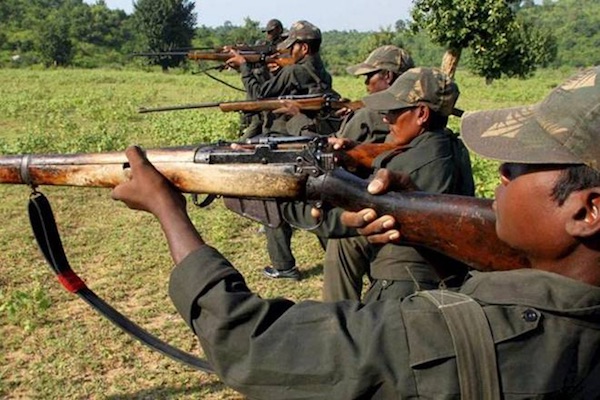
A Tamil widow who says 10 of her relatives were massacred by Sri Lanka’s police in 1986 has lodged a complaint with the Police Ombudsman in the North after links from the RUC (now PSNI) to the country’s security forces emerged.
Senior Sri Lankan police officers visited Belfast in 1983 to “see at first hand the roles of the police and army in counter-terrorist operations”, according to secret British government files.
The visit happened months after the Special Support Unit, an ‘elite’ RUC police commando team, shot dead six men in County Armagh in one of the most infamous episodes of the conflict.
Sri Lankan police set up an almost identical commando unit shortly afterwards, called the Special Task Force. The widow, who cannot be named for safety reasons, says “the Special Task Force was responsible for the murder of my family” in 1986.
Both the RUC and Sri Lankan units consisted of heavily armed police officers who underwent special forces training.
Her lawyer, Darragh Mackin, said “the Special Task Force would not have acquired the paramilitary characteristics of the Special Support Unit without the engagement between the RUC and the Sri Lankan Police”.
Vairamuttu Varadakumar, director of the Tamil Information Centre, welcomed the development. “We support the complainant’s efforts to seek accountability for the brutal violence against their family,” he said.
He said his organisation, which has documented violence against Tamil people for 35 years, was “painfully aware of the murders, rape, disappearances and torture of the Tamil people” at the hands of the Special Task Force.
ARMAGH AMBUSH
The complaint refers to a series of letters from 1983 in which Sri Lankan diplomats asked the British police for help with “commando operations training” for a police superintendent “who would be responsible for training and administration of a Para-Military Unit to be set up here”. A Sri Lankan police officer of that rank then visited the RUC in Belfast.
The visit took place in the wake of six killings in County Armagh by the RUC Special Support Unit. In November 1982, unarmed IRA members Gervaise McKerr, Sean Burns and Eugene Toman were shot dead in Craigavon. Police fired 109 bullets into their car, in which no weapons were found.
Three RUC officers went on trial for murder but were acquitted, with the judge commending their “courage and determination for bringing the three dead men to justice”.
Two weeks after that shooting, armed policemen fired 44 bullets at a hay shed off Ballynerry Road North, near Lurgan. Michael Tighe (17) was shot dead and Martin McCauley, was seriously wounded but survived. He was convicted of possessing a number of old rusty rifles allegedly found in the barn, although there was no ammunition.
McCauley saw his conviction eventually overturned in 2014. It transpired that MI5 had a bug in the hay shed. The RUC gave no warning before opening fire.
‘ASSASSINATION SQUAD’
A month after the first shooting two unarmed INLA members - Seamus Grew and Roddy Carroll - who were shot dead by members of the unit in their car at Mullacreevie Park in Armagh. An RUC member went on trial for the murder but was acquitted. It emerged at the trial that the RUC Special Branch had doctored evidence about the shooting.
The concerns raised at that trial led to an investigation by the deputy chief constable of the Greater Manchester Police, John Stalker, whose report has never been published. In his autobiography, he compared the RUC Special Support Unit to a “Central American assassination squad”.
Declassified files found at the British National Archives show that civil servants privately harboured fears about these police units before the shootings even took place.
One official commented that within the RUC “covert units are being set up which, to the layman at least, will perform a role which is hardly indistinguishable from that of the SAS”.
Another civil servant wrote “Possible Danger: The greatest danger would seem to lie in ‘creeping paramilitarism’ . . . the RUC may go too far down the paramilitary road.”
A CIA report, written around the time that the Tamil complainant’s family were killed, was highly critical of Sri Lanka’s Special Task Force. US intelligence staff were concerned that “a common STF tactic when fired upon while on patrol is to enter the nearest village and burn it to the ground”.
Mr Mackin has told the Police Ombudsman that the level of indiscriminate killing perpetrated by the unit against Tamils amounted to genocide.
A spokesperson from the ombudsman said: “We have received a complaint relating to the actions of police officers in the 1980s, and this is now being considered.”
![[Irish Republican News]](https://republican-news.org/graphics/title_gifs/rn.gif)
![[Irish Republican News]](https://republican-news.org/graphics/title_gifs/harp.gif)

